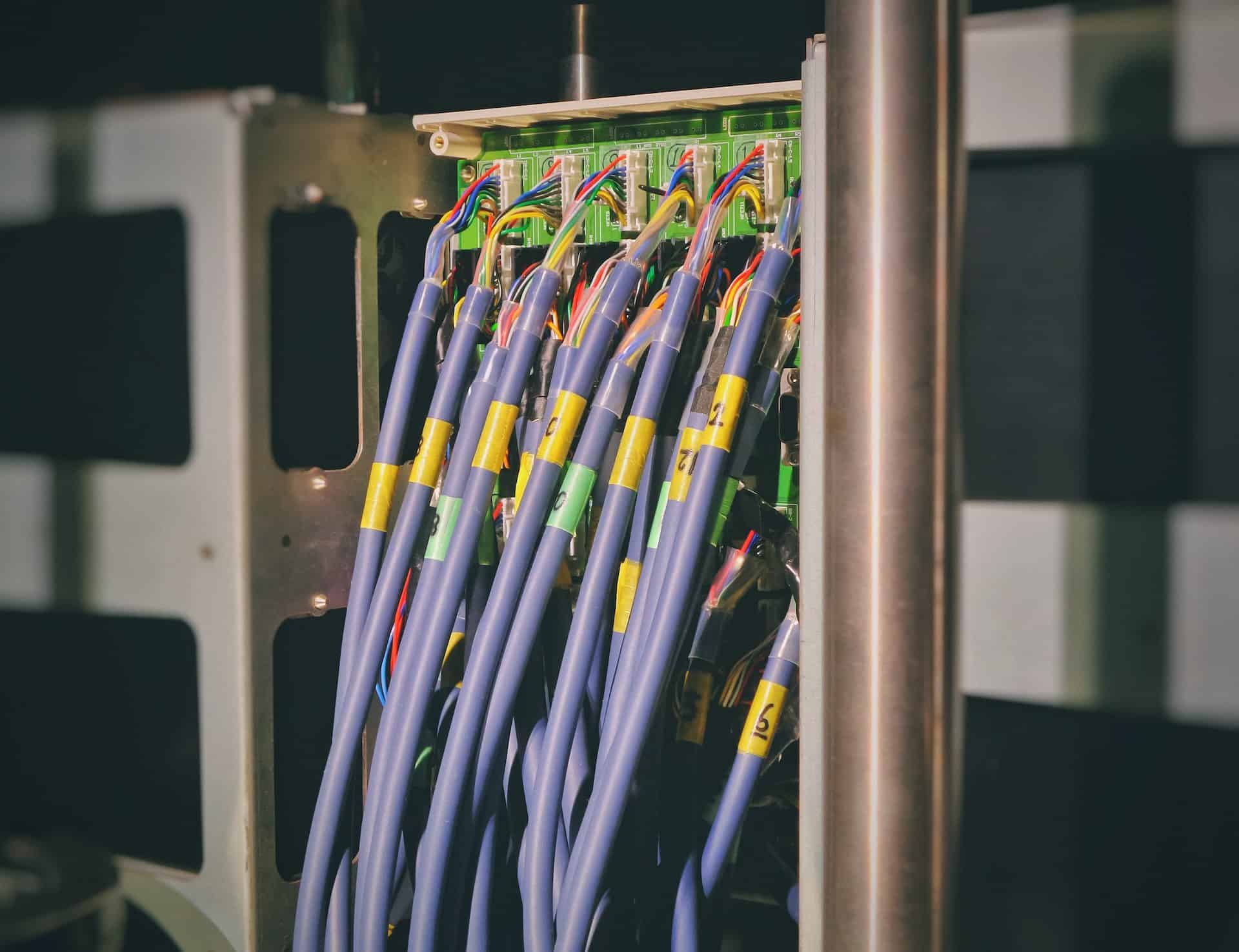You can choose from several types of internet connections when switching to a new plan. Each connection type works differently and provides distinct benefits and drawbacks. Before selecting the right connection type for your home and your internet-use style, you must fully understand your options. One of the most affordable connection types on the market is a DSL or Digital Subscriber Line connection.
Want to experience high-speed internet in your home? Check out our plans and find the perfect fit for your budget.
What Is DSL?
A DSL or Digital Subscriber Line connection is a type of internet connection that relies on your existing phone line to send the internet to your devices. Your phone line connects to your modem and sends the signal to your devices through a wifi router or an ethernet cable. Since DSL uses your existing phone line, it’s easy for your internet service provider to install it. Even better, it’s available in more locations than other connection types.
Related: How To Switch Internet Providers: Simple & Easy Guide
The Common Types of DSL Connections
Though all DSL connections rely on your home’s phone line, they work differently. These are the most common types of DSL connections used today.
Asymmetric DSL (ADSL)
Asymmetric DSL breaks the connection into two functions: receiving and sending information. The connection allows internet users to receive information at a faster rate than they can send information from their computers. Why? Because the connection prioritizes downloads, pages load more quickly, and any streaming activity functions as smoothly as possible.
Symmetric DSL (SDSL)
Symmetric DSL breaks the connection into two functions: receiving data from your phone line and sending data through your phone line, just like asymmetric DSL. However, unlike ADSL connections, the connection is split equally. As a result, downloads and uploads happen at the same speed and have the same priority level. The result is dependable upload and consistent download speeds that happen at the same pace.
Very High-Speed-Rate DSL or VDSL
VSDL connections prioritize speed for both uploads and downloads. These connections work by using higher frequencies than other DSL connections. The higher frequencies allow the connection to communicate more effectively and with less downtime.
Related: Best Internet Providers in British Columbia, Canada

Why Choose DSL?
Since DSL is one of many internet connection types, figuring out if it’s the best option for your needs isn’t always as easy as you might think. First, you need to understand the unique benefits that DSL offers internet users to make the right choice. Here are a few excellent reasons to think about installing DSL in your home rather than choosing a different type of internet connection.
It’s Affordable
One of the biggest benefits of DSL internet is its affordability. Because it’s easy to install and offers speeds below 100 Mbps in most instances, internet service providers tend to charge less for DSL. So if you’re worried about your budget, installing DSL rather than cable or fiber optic internet will help you keep your monthly costs low while still letting you access the internet.
It’s Reliable
DSL uses an older type of connection technology than other internet options, and that can be great news for users. Since it’s an older technology, DSL is more reliable than other connection types. Internet service providers learned how to fix the most common issues years ago and, in most cases, can fix problems that arise with the connection once it’s in place quickly. That means you’ll experience potentially less downtime than you’d get with other connection types.
Installation Is Fast
Since DSL uses your existing phone line to establish an internet connection, the installation process takes far less time. Once you sign up for a DSL plan and schedule an installation appointment, the actual installation will take very little time. Of course, if your home doesn’t have a phone line in place, installation can take a bit longer.
Is DSL Right for You?
Now that you know the benefits that DSL internet connections offer, you may be wondering if installing a DSL connection is the right fit for your needs. This type of connection isn’t the perfect choice for every homeowner, and the last thing you want to do is end up with DSL only to discover that you need a different connection type. Here are a few signs that DSL is a great choice for your internet needs.
- You don’t need lightning-fast speeds: DSL connections are fast, but they’re not considered high-speed internet connections.
- You’re trying to keep costs down: DSL costs less than other types of internet connections and can help you save money each month.
- You have very few internet-enabled devices: DSL works best when fewer devices are using the internet at once. If you only use your computer, your phone, and a tablet, it’s likely a good option.
- You only use the internet lightly: DSL cannot support high-definition streaming or gaming without buffering. If you only use the internet to visit a few web pages and check your email, it may be a good choice.

Sign Up for Great Internet Today
DSL internet connections are a great choice for users looking for a simple and affordable way to access the web. However, if you need high-speed internet, stream videos constantly, or enjoy playing online games, you’ll want to look at different types of connections with higher download speeds.
If you’re looking for reliable, high-speed internet that will let you do everything from surfing the web to streaming high-definition video, VMedia has a plan for you. We’re proud to offer DSL, Cable, and Fiber internet connections with varying speeds and price points to accommodate your style of internet use.
Ready to take the next step toward reliable, fast internet? Sign up online for a plan that works for you.

